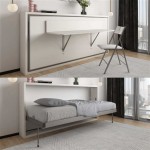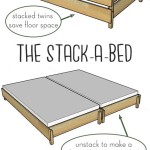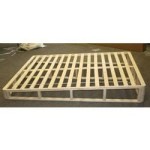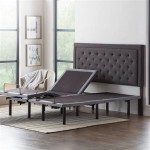What Is the Point of a Four-Poster Bed?
The four-poster bed, with its towering posts and draped canopy, holds a unique allure in the world of furniture. Its presence in a bedroom instantly elevates the space, exuding an air of grandeur and romance. But beyond its aesthetic qualities, the four-poster bed has a rich history and a surprising array of practical purposes. While its primary function remains providing a comfortable sleeping surface, its design offers a fascinating glimpse into the evolution of furniture and the changing priorities of different eras.
A Legacy of Function and Style
The four-poster bed's origins can be traced back to medieval Europe, when it served a variety of practical purposes. The tall posts, often fashioned from wood like oak or walnut, provided support for a heavy fabric canopy. This canopy served several functions. In the days before central heating, it helped to trap warmth and protect sleepers from drafts. Moreover, the canopy offered privacy, shielding occupants from prying eyes and insects. In warmer climates, mosquito nets could be hung from the posts, providing protection against disease-carrying insects.
Over time, the four-poster bed evolved from a purely functional piece of furniture into a symbol of status and wealth. Elaborate carvings and embellishments became commonplace, and the fabric canopy was often made from luxurious materials like silk and velvet. During the Victorian era, the four-poster bed reached its peak of popularity, with elaborate, romantic designs becoming the norm.
Beyond the Bedroom: Modern Interpretations
In the contemporary era, the four-poster bed continues to hold a certain charm. While its practical purposes may have diminished in modern times, its aesthetic appeal endures. The dramatic silhouette and imposing presence of a four-poster bed can transform a bedroom into a sanctuary, fostering a sense of intimacy and tranquility. Moreover, its design lends itself to a variety of styles, from traditional to contemporary, allowing it to seamlessly integrate into different interior design schemes.
The Essence of Design: Form and Function
While the four-poster bed may not be as essential for warmth or privacy in modern homes, its design still offers functional benefits. The canopy, for instance, can be used to create an intimate and cozy atmosphere, particularly when paired with soft lighting. The raised platform of many four-poster beds can make it easier to get in and out of bed, especially for those with mobility challenges. Additionally, the structure of the bed frame provides an opportunity for creative embellishments and personal expression, allowing homeowners to customize their bedrooms with decorative elements that reflect their style and taste.
The four-poster bed's legacy is rooted in its functionality and symbolism. From its practical origins in medieval Europe to its evolution as a symbol of status and wealth, this iconic piece of furniture has consistently provided a comfortable and aesthetically pleasing space for rest and relaxation. In contemporary homes, the four-poster bed continues to hold a unique charm, offering a sense of luxury and sophistication while still fulfilling its fundamental purpose as a place to sleep.

Four Poster Bed Wikipedia

The History Of Four Poster Bed Furniture Tudor Oak Blog

9 Ways To Dress A Four Poster Bed

The History Of Four Poster Bed Furniture Tudor Oak Blog

The Traditional Balmoral Four Poster Bed Handmade In

Four Poster Beds Handmade In The Revival

The County Kerry Solid Wood 4 Poster Bed Handmade In

Jacobean Four Poster Bed Royal Oak Furniture Company

4 Poster Bed Designs For Your Bedroom In 2024 Designcafe

Four Poster Bed Classic Get Laid Beds







